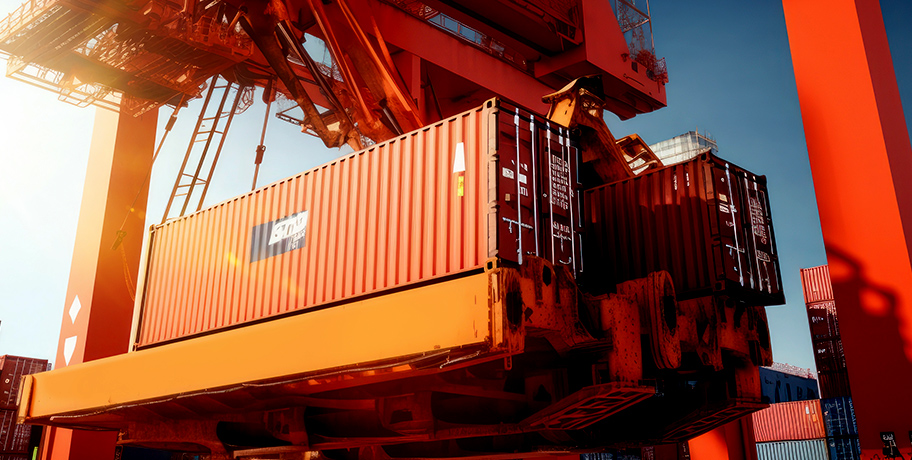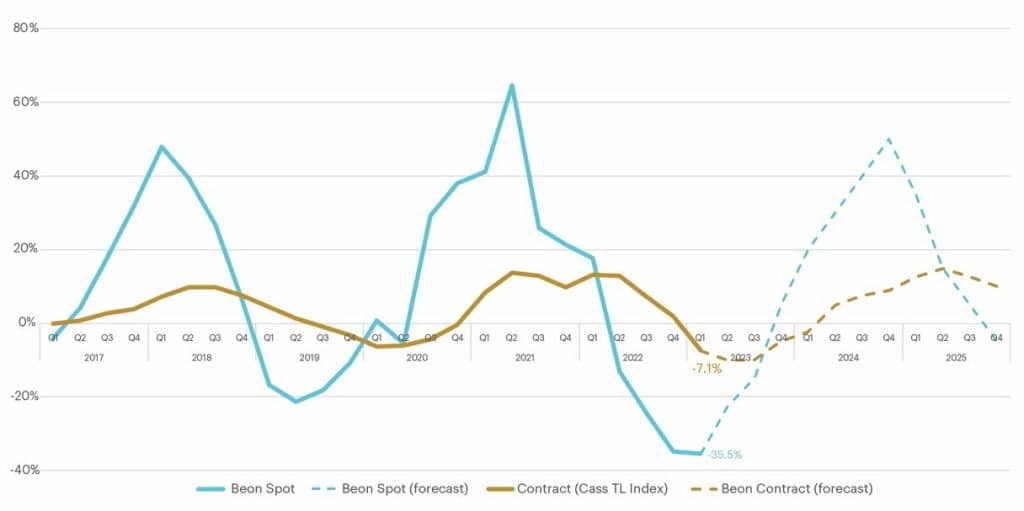HOW TO OPTIMIZE YOUR PARCEL SHIPPING STRATEGY
Jun 08, 2023
How to Optimize Your Parcel Shipping Strategy
In today’s fast-paced world, businesses need to ship their products quickly and efficiently to meet consumer demand. However, managing a parcel shipping operation presents challenges as the market undergoes cyclical changes. There is no end in sight with the parcel market expected to reach 28 billion in volume by 2028 per Pitney Bowes Parcel Shipping Index. Shippers must be able to navigate consumer demand with ease at minimal added cost.
For shippers, Q2 2023 and beyond, while capacity is decreasing, general rate increases (GRIs) and surcharges continue. This means that shippers have to be more open to negotiating and diversifying their carrier network leveraging regional and other non-traditional carriers.
Along with steady increases, the UPS Teamsters contract expires July 31, 2023, and a strike is looming — shippers are looking for alternatives or contingency plans. According to Wolfe Research shipper survey, over 20% of shippers surveyed have already shifted or plan to shift at least some volumes from UPS to FedEx ahead of UPS’s Teamsters contract negotiations.
With the challenges facing the parcel market, there are a few things you can do to alleviate the strain:
- Reporting and data is critical. Knowing which levers can be pulled in a volatile market is important. Shippers need in-depth visibility into their parcel spend with real-time tracking, yield capacity and margin analytics at their fingertips. Take advantage of your transportation partner’s API to directly integrate into your shopping cart to help with tracking and address corrections.
- Re-evaluate your strategy. The market has changed from the COVID-19 era, and there is capacity now. It is important even if you aren’t in a contract negotiation cycle to review your contracts and make sure your parcel strategy aligns with your business today.
- Post shipment data. If you aren’t auditing your parcel invoices, now is the time to start. This is oftentimes an area where shippers can save a lot of money through service audits and compliance audits. This is typically one of the best areas to partner with a transportation partner, since they are trained to look for these and can help with things, such as GL coding and claims management to alleviate the burden on internal resources.
Shippers need to evaluate their parcel strategies and take the necessary steps to enhance their service offerings through parcel audits, consulting, API integrations and reporting. As market developments are bound to change by end of 2023, it’s imperative that shippers adjust their parcel strategies accordingly.
Read more about parcel trends in our Q2 Transportation Outlook.
Recent Posts

Dry Van Shipping: Back To Basics

What is a Bill of Lading?



